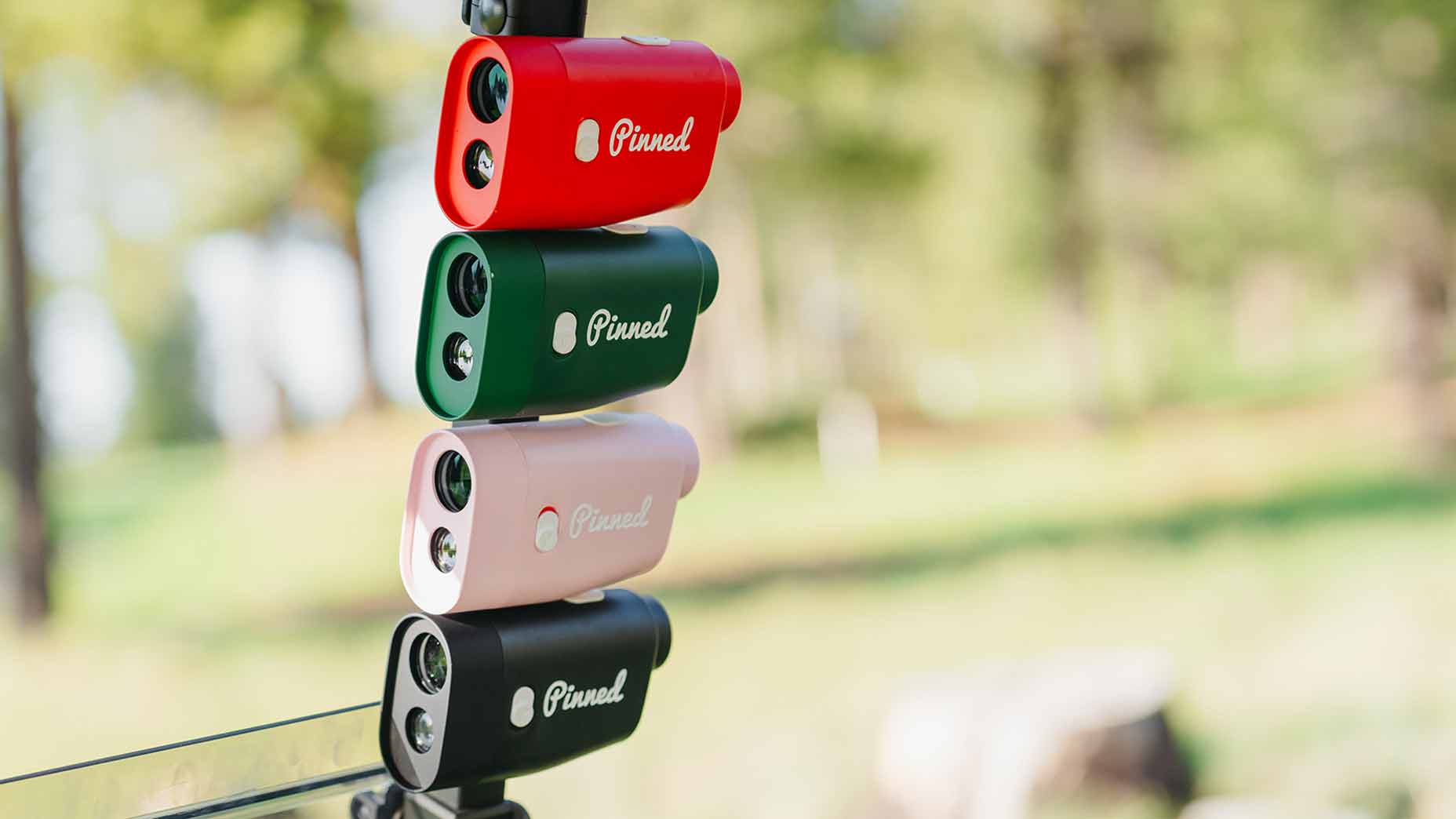 Our Picks: 5 speed-training aids to help transform your game
Our Picks: 5 speed-training aids to help transform your game
Golf bag too heavy? Following the ’20 percent rule’ could save your back

I don’t know about you, but I find it a bit silly that we spend time discussing how light or heavy a golf bag is when it’s completely empty. Sure, some bags weigh more than others and added weight is something that golfers generally don’t want.
But what difference do a few grams or even pounds matter when we’re not factoring in what goes into our golf bags?
I looked to my own, fully loaded carry bag — it’s a Ping Hoofer, in case you’re wondering — to find out. Without removing or adding anything, I put my bag on a scale. It weighed 29 pounds but felt much heavier than that as I toted it on one shoulder from the garage into my laundry room.
I wondered — is my bag too heavy? Am I at risk of injury because of it?
To find out how much my own golf bag should weigh, I looked to people who know a thing or two about carrying heavy stuff for extended periods of time: backpackers. Those who hike with huge backpacks, often for several miles and days at a time, tend to stick with the 20 percent rule. Meaning, to prevent injury, your backpack (or golf bag, in our case) should weigh no more than 20 percent of your total bodyweight.
ADVERTISEMENT
Following the backpacker’s guideline, and being a bigger guy at 6 feet, 3 inches and 210 pounds, that means my golf bag shouldn’t weigh more than 42 pounds. Now before you take this as a literal guideline, it’s important to note that there are some variances to the 20 percent rule. You may be lighter than me and 42 pounds is totally doable for you. Or you may be heavier, and that weight may be far too much to carry. Your fitness level plays a big part in it.
If anything, we should think of the 20 percent rule as a maximum. You should really try to equip your golf bag so that it’s lighter than 20 percent of your body weight to lessen the chance of hurting yourself now or in the future. My bag weighed in at under 30 pounds, so in theory, I’m within a healthy range — easily light enough to walk 18 holes or more in a single day.
Why then, does my bag feel so heavy as I lug it around the house, in the parking lot and to and from the driving range? Turns out how you carry your weight is just as important as how much you’re carrying. My bag feels its most heavy when lifting it out of the car and in the first few steps before I get both shoulder straps on. But once the weight is displaced across both shoulders, my 29-pound bag feels much more manageable.
That’s the key folks — dual shoulder straps are a must-have.
If your bag is feeling like it’s too heavy, or if you’re carrying it on one shoulder, you run the risk of not only making your round less enjoyable, you can actually wreak havoc on your back, shoulders and neck. Since golf is often played on uneven terrain, you could add further stress on one side or another while walking on a slope or stepping on something like a tree root or rock. Your knees and ankles could get hurt, too.
The takeaway: If you’re one who’s adamant about walking and carrying — which is a good thing, by the way — do yourself a favor and weigh your fully equipped bag and see if you can stick to the 20 percent or less guideline. If it’s any heavier than 20 percent of your body weight, not only can your bag hurt you, it could be a detriment to your golf swing.
If you’re the type of player who loves carrying a lot of stuff and you’re not ready to part ways with the 37 golf balls, nine gloves, two rangefinders and three sports drink bottles in your bag, do yourself a huge favor and get a pushcart. Your back, neck and shoulders will thank you both now and down the road.
To hear more gear insights from Jonathan Wall and True Spec’s Tim Briand, subscribe and listen each week to GOLF’s Fully Equipped podcast: iTunes | SoundCloud | Spotify | Stitcher
ADVERTISEMENT






